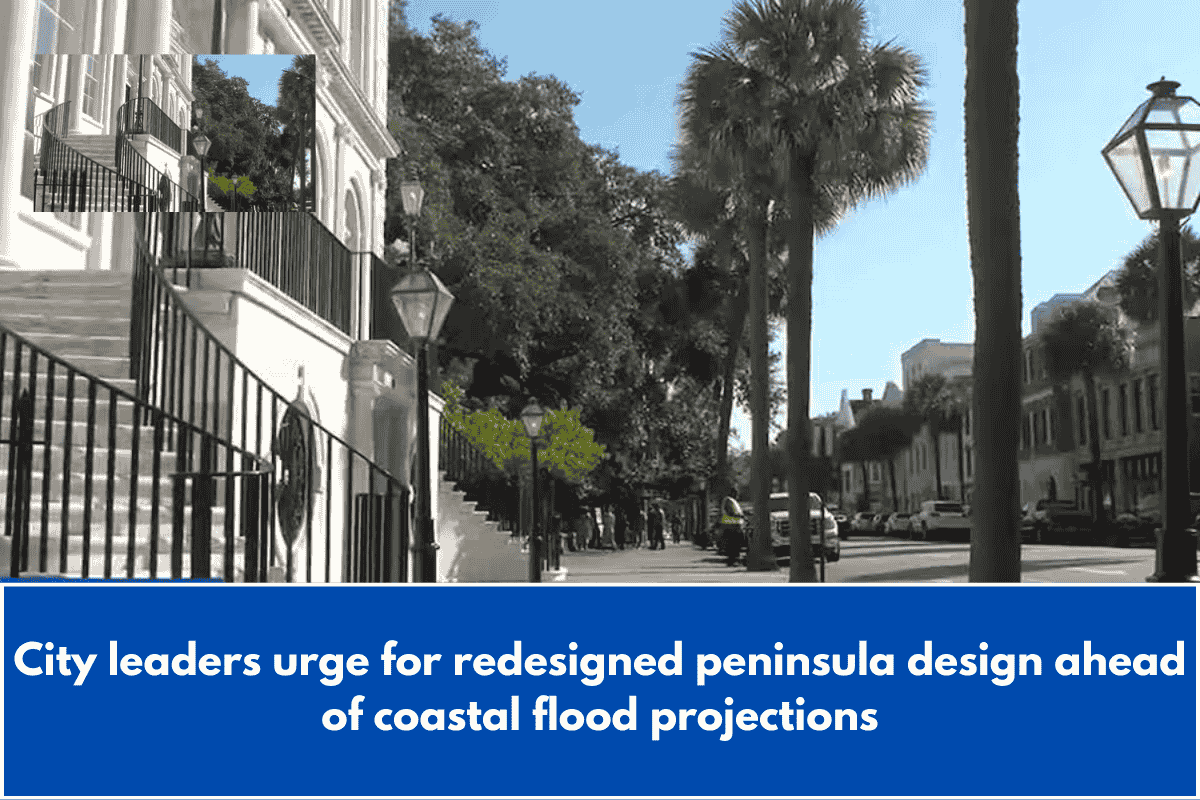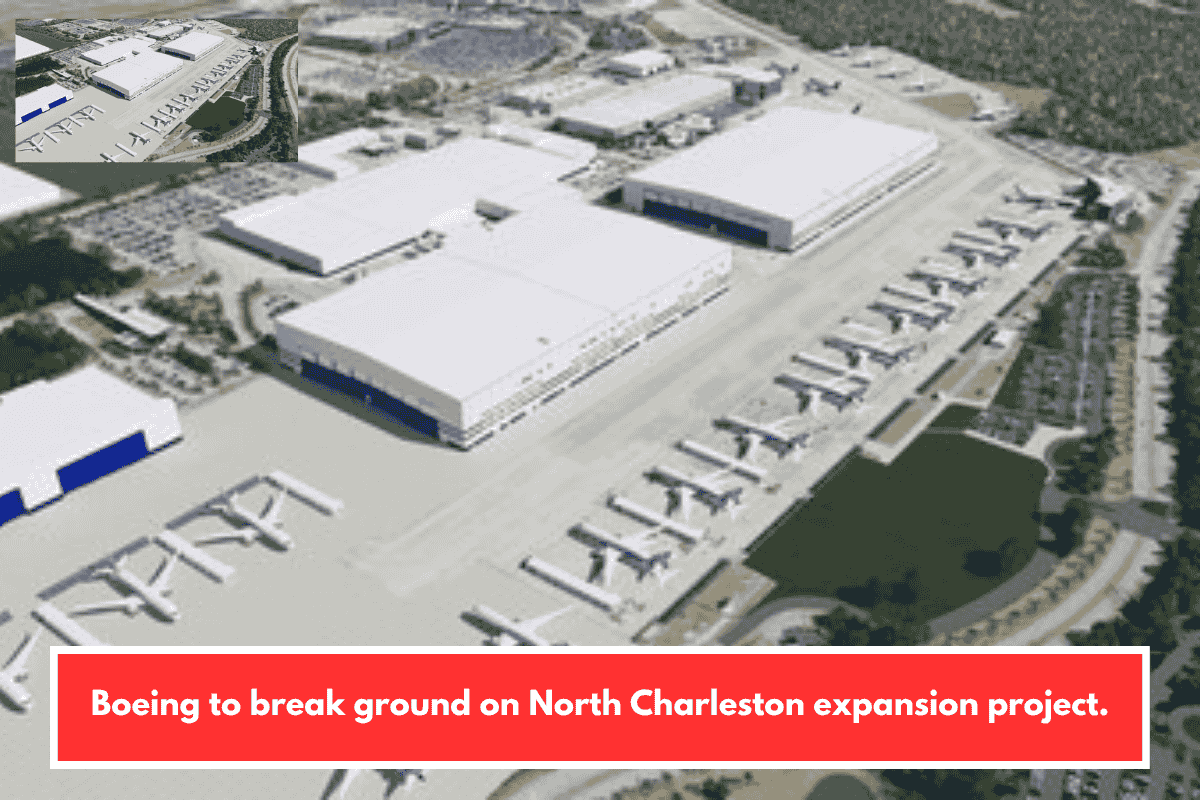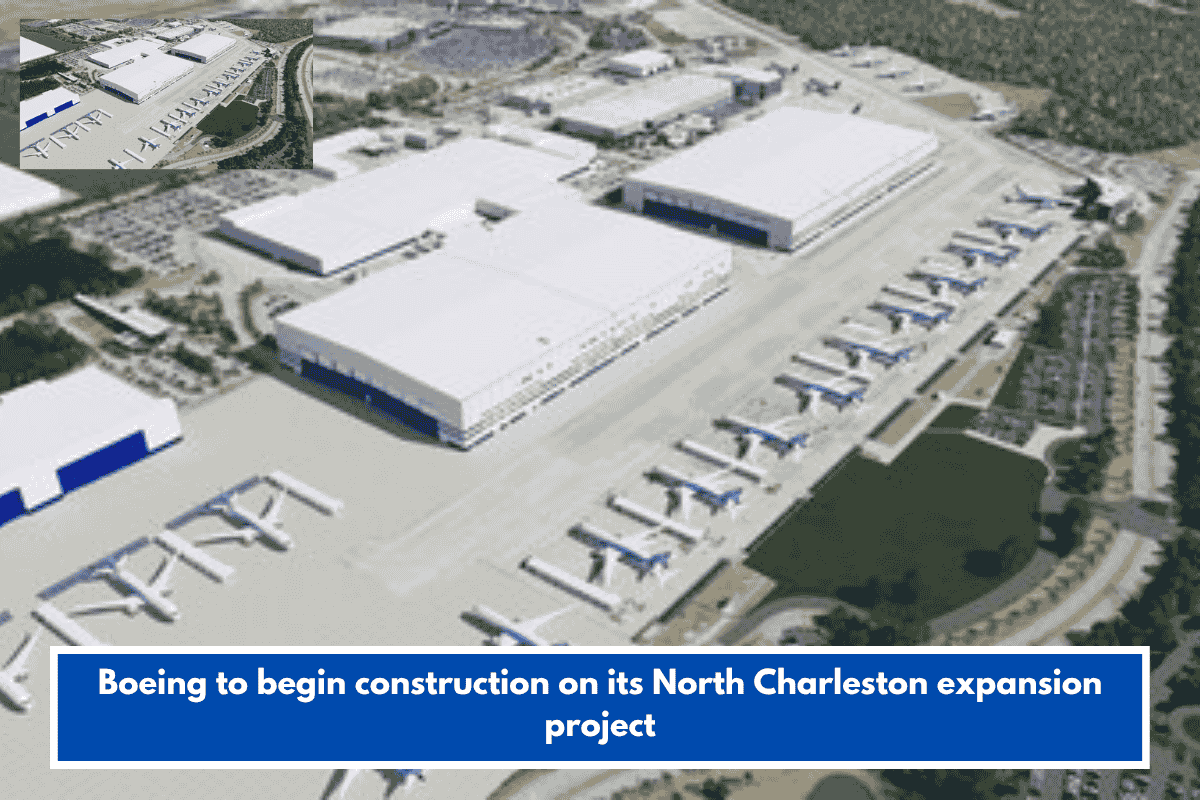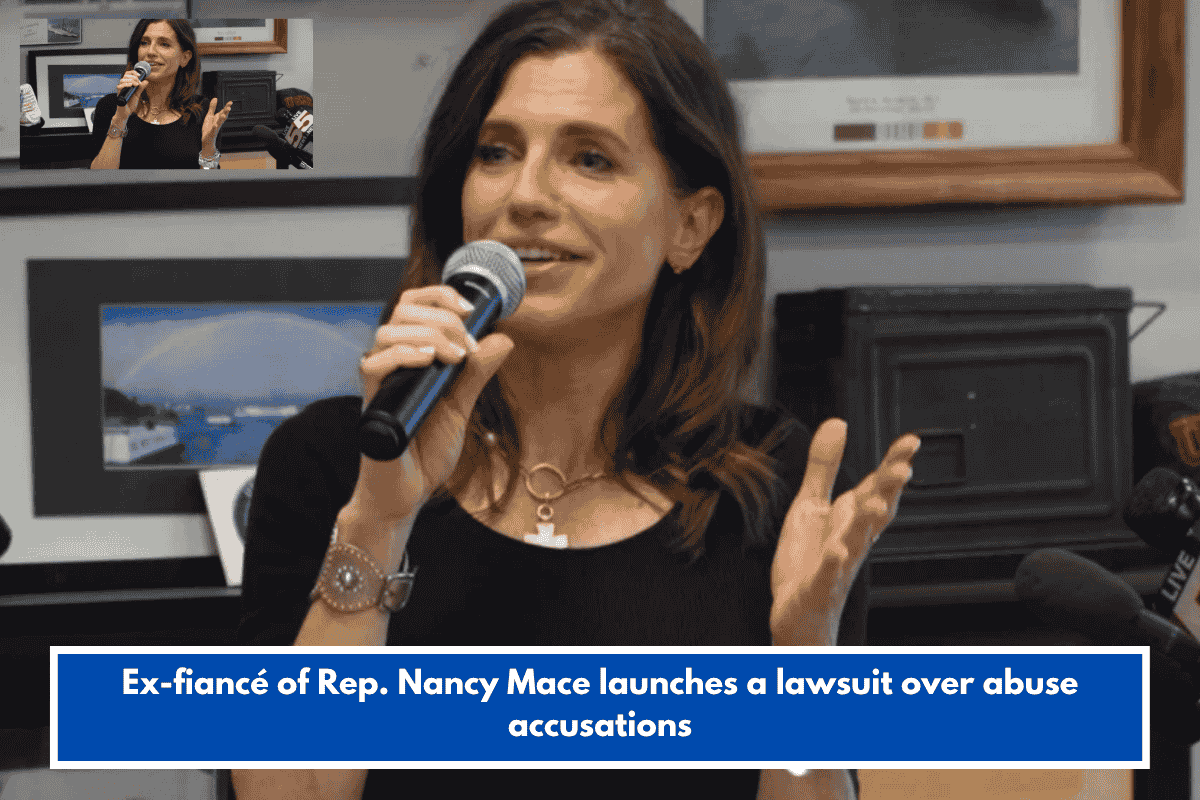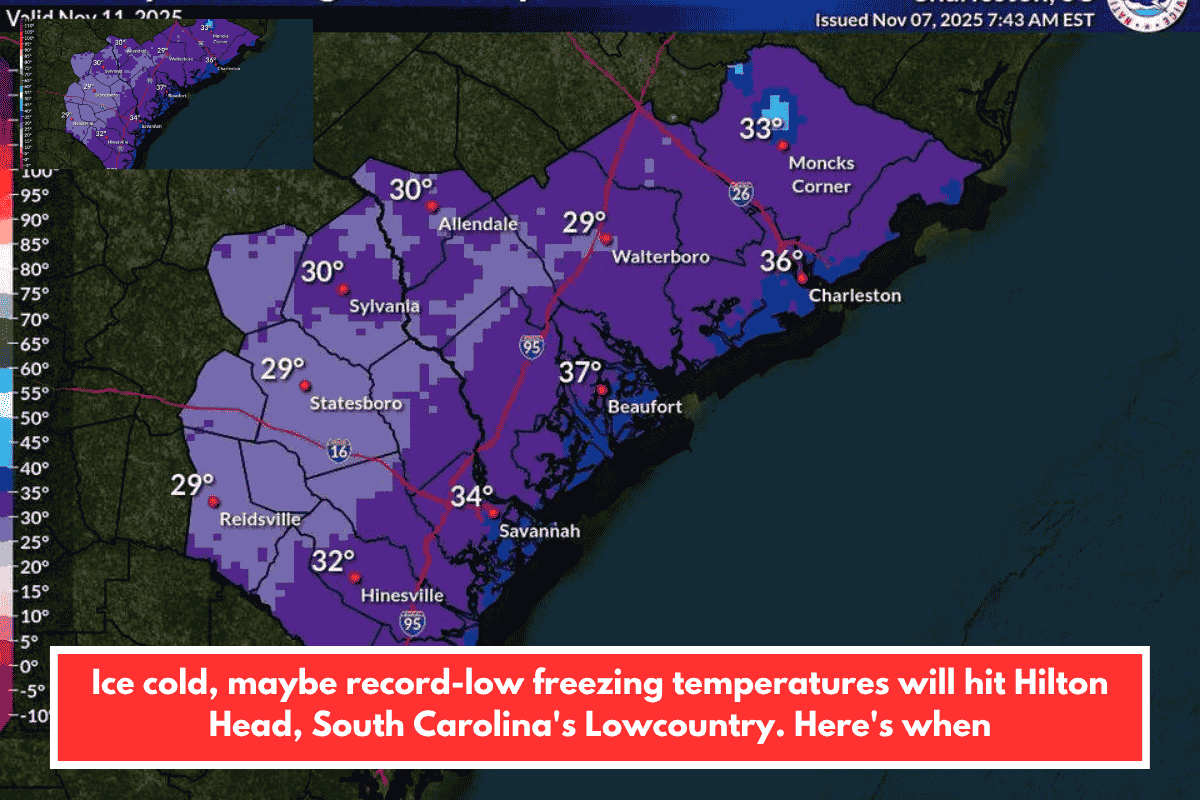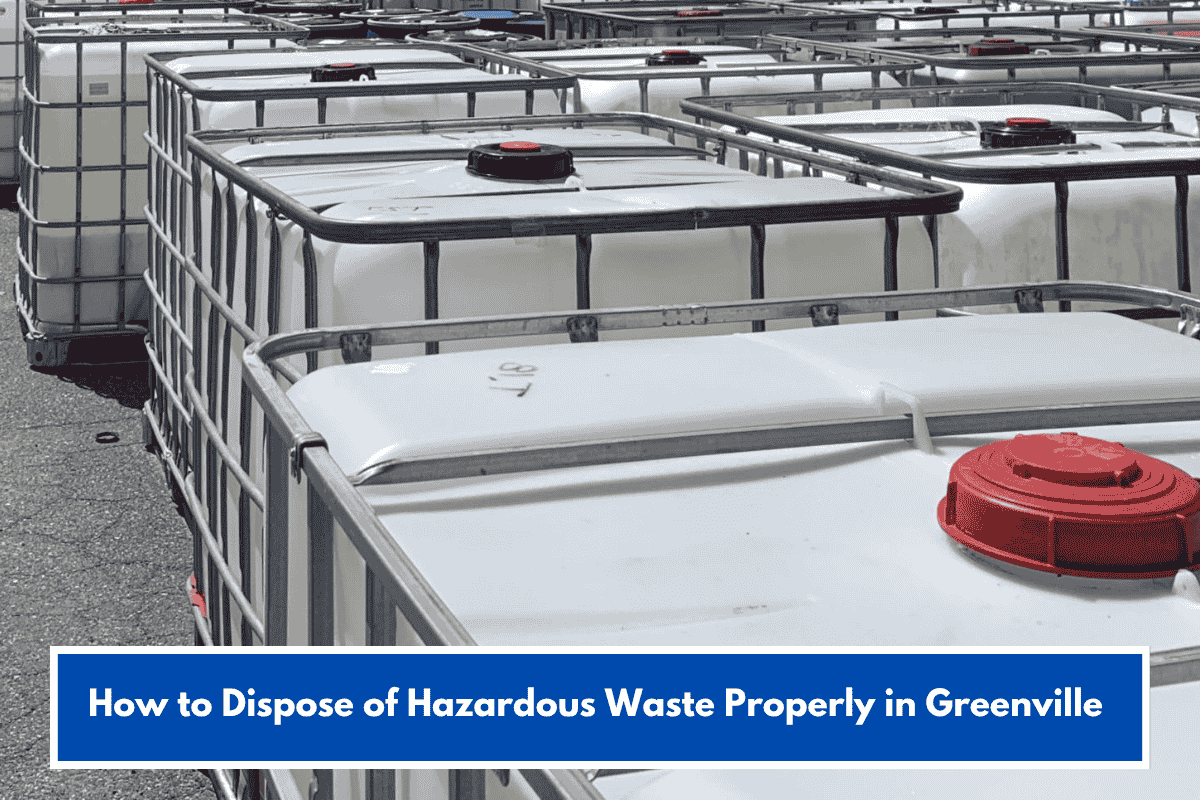Charleston city leaders are moving ahead with an important plan to protect the city from floods. They are now in Phase Two of the project, where designs and engineering are being finalised. The goal is to extend the Low and High Battery Walls around the Charleston peninsula to reduce the risk of flooding from storms and rising sea levels.
What is the Battery Wall Extension Project?
The project is part of the Coastal Storm Risk Management Project, which is being carried out by the City of Charleston and the U.S. Army Corps of Engineers. The idea is to build a strong flood protection system that will last until the year 2095.
This plan is based on a 2018 federal study by the U.S. Army Corps of Engineers. The study warned that areas like the Charleston peninsula, West Ashley, James Island, Daniel Island, and Cainhoy could face up to 2 to 4 inches of increased flooding by 2050 due to storm surges and sea level rise.
Why is the Wall Needed?
Flooding is a major problem in Charleston. Storm surges and tidal flooding already impact homes, roads, and local businesses. The original plan suggested building a simple 12-foot-tall seawall around the city, but many people thought that idea was too harsh and would ruin the city’s natural beauty.
So, city leaders are now planning a smarter design. The new plan includes 12-foot flood panels that will only be used when needed, like during storms. These panels are part of a bigger effort to make the area safer while keeping it attractive and useful for residents and tourists.
Better Connectivity for Residents and Tourists
The wall extension won’t just protect the city. It will also add new walkways and connect with other projects like the Ashley River Pedestrian Bridge toward West Ashley and the Ravenel Bridge to Mount Pleasant. This means more space for walking, jogging, and enjoying Charleston’s waterfront.
Residents like Joanna Gilmore and Amanda Treschman support the idea. They believe it will help with both flood control and improve mental health through better walkability.
How Much Will It Cost and Who Will Pay?
The total cost of the project is expected to be around $1.3 billion. About 35% of the funding will come from local sources such as the city, county, or state government. The remaining 65% will be covered by the federal government.
City Chief Policy Officer Logan McVey says they’re aiming to complete the project in just five years, even though such projects usually take around 20 years. He says it’s important to act fast to save money and reduce risks during future hurricane seasons.
City Leaders to Visit Washington D.C.
To speed things up, Mayor William Cogswell and McVey plan to visit Washington D.C. to ask for help in improving the project process. They hope to make hiring faster and get more support for building the project quickly.
Charleston’s plan to extend the Battery Wall is not just about building barriers. It’s a smart step toward protecting the city’s future from floods while improving its beauty and walkability. With support from both residents and government agencies, this ambitious project could help Charleston remain safe, livable, and attractive for generations to come. And if the city can finish it in five years, it might also set an example for how major infrastructure projects should be done—quickly and with purpose.

